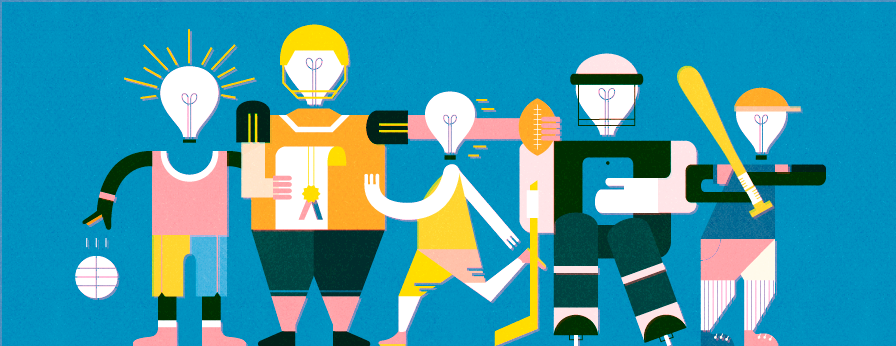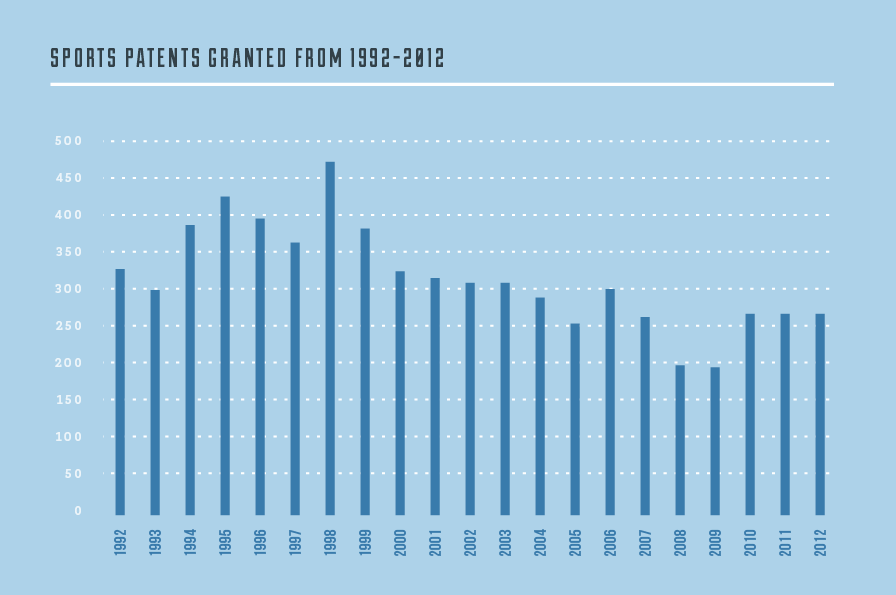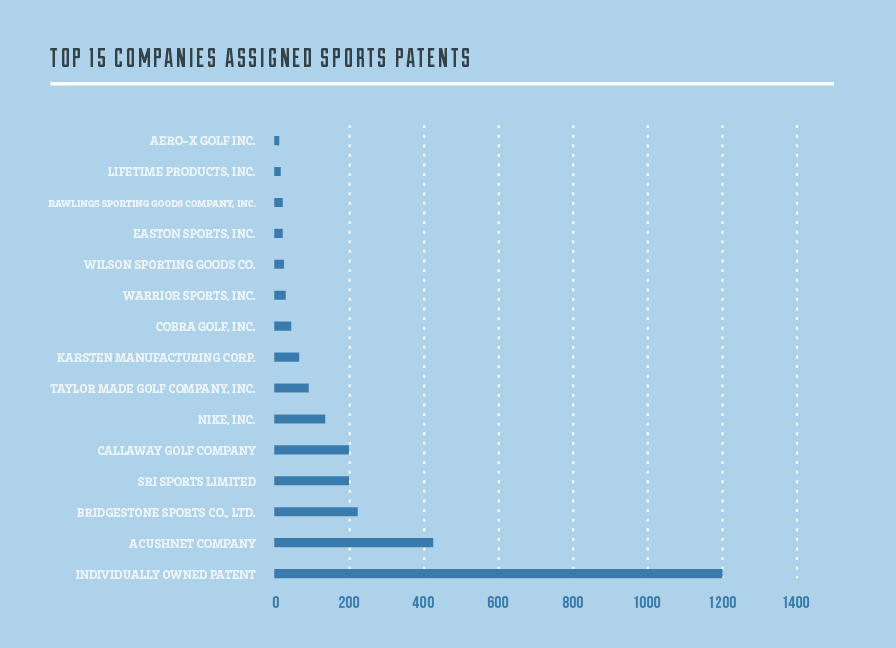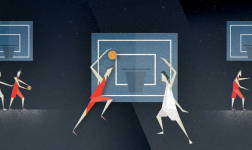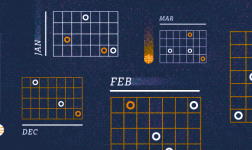By: Safet Metjahic and Sean Kim
McGuireWoods LLP
From golf balls to football blocking sleds, sports innovators have created better and safer sports equipment, improved and more precise performance measuring technologies, and superior and more effective training methodologies that have helped world-class athletes shatter world records. Patents can be a useful tool to gain insight into cutting edge technologies and methodologies, and to predict what could become available in the future.
In this article we will provide an overview of some of the innovations for which patents have been awarded in 2013 for sports equipment and training, as well as a brief historical overview of recent patents and some of the most active assignees. 1
The United States Patent Classification system has an entire Class dedicated to “Games Using Tangible Projectile,” Class 473, 2 many of which are those we typically think of as college sports (both field and court). 3 The following table is based on patenting data obtained from the U.S. Patent & Trademark Office website. The table summarizes the number of patents granted each year in Class 473 for the years 1992 through 2012. 4
Sports Patents Granted from 1992 – 2012
A review of the patents granted over the last 20 years in Class 473 reveals that there was an up-tick in the number of patents granted for sports-related technologies during the 1990s, with a spike of nearly 500 patents granted in 1998 alone, followed by a drop to an average of around 250 patents per year from 2000 to 2012.
A large portion of the patents granted from 2008 to 2012 went to individuals (1,193 patents). During the same period most of the remainder of the granted patents went to companies such as Acushnet Company (421 patents), Bridgestone Sports Co., Ltd. (222 patents), SRI Sports Limited (197 patents), Callaway Golf Company (196 patents) and Nike, Inc. (136 patents).
The following table summarizes patent grants for the top fifteen assignees in Class 473 from 2008 through 2012. 5 As evident from the table, aside from patents that went to individuals, patent filings have been dominated by golf equipment companies.
Top 15 Sports Patent Assignees
Innovations in Fall and Winter Sports
The following is a very brief survey of some of the patents that were granted in 2013 for inventions relating to football, basketball, soccer, and hockey. While a broad survey of sports innovations is beyond the scope of this article, the following overview of a small number of patents that the U.S. Patent & Trademark Office (PTO) has granted to individuals, companies, and universities, should be helpful as a snapshot of research and development (R&D) activities in these categories by these companies and universities. 6
Nike, Inc., received a patent no. 8,371,971 for a football with laces configured to enhance the aerodynamic performance of the football. According to the patent, the laces may have a number of geometrical configurations and be positioned on the football to enhance a pinwheel effect to stabilize the rotation of the football.

Nike, Inc., received a patent no. 8,449,417 for a football or other prolate spheroid ball that includes indicia that improves visibility and assists the receiver. According to the patent, the mid regions of the ball may contain different colors to assist with visibility in the air.
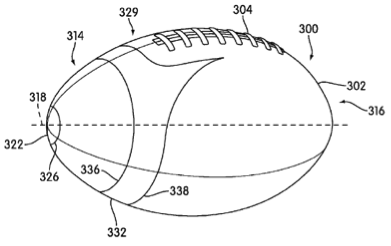
Fraunhofer-Gesellschaft zur Foerderung der Angewandten Forschung E.V., received a patent no. 8,506,430 for an oval ball (e.g., football) with a casing and with at least one electronic component or module with a transmitter unit, which is arranged in the casing and is held in a definite position.
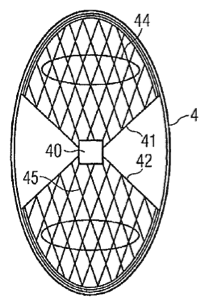
Premium Products, Inc., received a patent no. 8,517,864 for a football tee that combines three ball receiving recesses into a single tee. According to the patent, the tee can be used for long kickoffs, directional kickoffs, onside kicks, and squib kicks with the football being supported in each case in a way that can be repeatedly practiced and then used in the same way under game conditions.
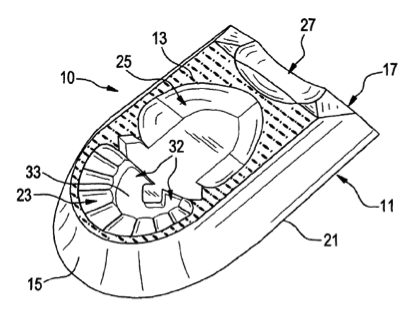
Wilson Sporting Goods Co., received a patent no. 8,579,742 for a football which has an outer surface and a first set of channels formed into the outer surface of the ball. The football includes a bladder, a carcass and at least one cover panel. According to the patent, the disclosed football improves the player’s ability to easily grasp, handle, pass, shoot, dribble, retain and/or otherwise control the ball during use without departing from the ball’s traditional design.
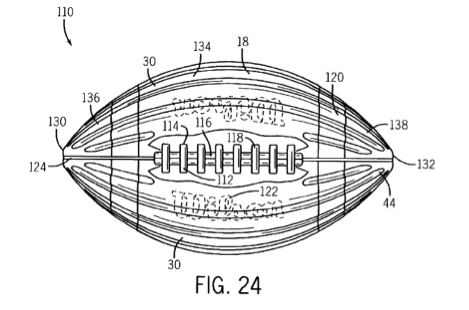
Wilson Sporting Goods Co., received a patent no. 8,366,574 for a game ball which includes a casing, and a lacing which is coupled to the laced region of the casing. According to the patent, the disclosed football improves the gripping and tactile characteristics of the sports ball without departing from the ball’s traditional design which improves the player’s ability to pass, catch or grip a ball.
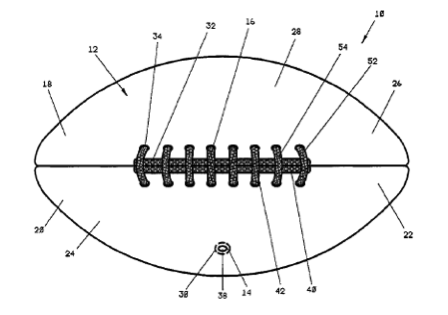
Football – Blocking Sled
Rogers Athletic Company, Inc., received a patent no. 8,535,181 for a blocker sled that provides simulation of e.g., blocking assignments in Zone Blocking. According to the patent, the blocking sled moves like a blocker to allow the defender to work on shocking the offensive player, creating leverage and violently separating or attacking the offender.
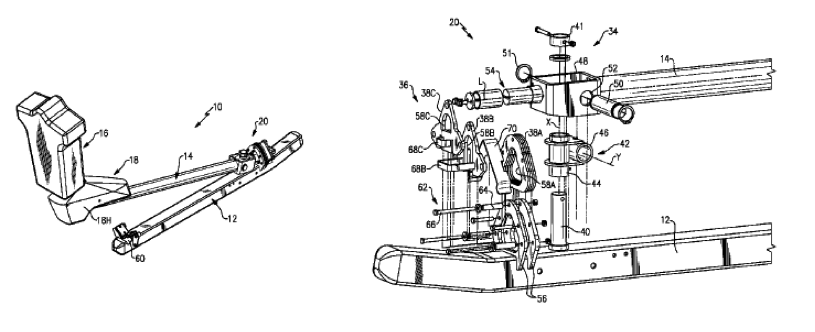
InfoMotion Sports Technologies, Inc., received a patent no. 8,517,870 for an method and materials for securely retaining electronic components within an inflatable object. According to the patent, methods and materials are provided for securely retaining electronic components (e.g., a sensor and/or battery) within a basketball.

Indian Industries, Inc., received a patent no. 8,523,715 for a basketball goal assembly which adjustably supports a backboard assembly and a rim assembly to enable players to play the game of basketball.
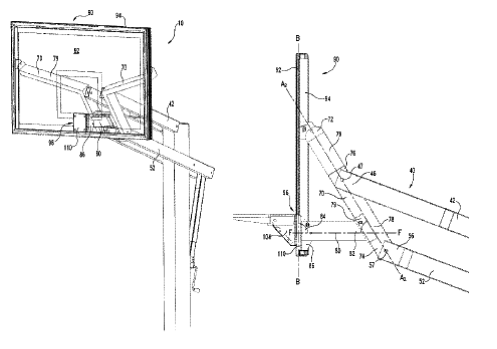
Nike, Inc., received a patent no. 8,360,906 for a spheroidal ball which includes a body having three grooves that define divisions of the ball. The ball includes a first color and a second color that contrasts with the first color. The second color may be applied in various regions, areas, or sections of the ball to enhance the visibility of the ball in use.
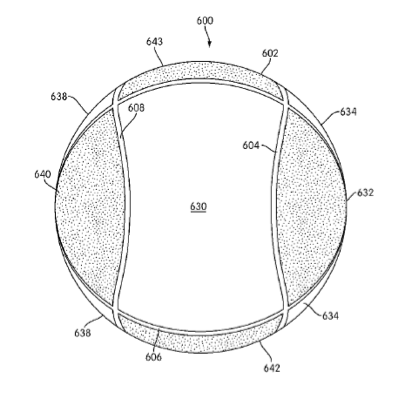
Wilson Sporting Goods Co., received a patent no. 8,460,136 for a basketball having an outer surface and including a set of channels formed into the outer surface of the basketball, a bladder, a carcass, and at least one cover panel. According to the patent, the disclosed basketball improves the player’s ability to easily grasp, handle, pass, shoot, dribble, retain and/or otherwise control the ball during use without departing from the ball’s traditional design.
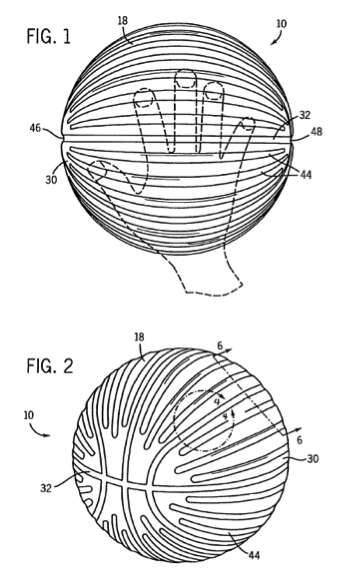
Puma SE received a patent no. 8,382,619 for a method for producing a ball (e.g., soccer ball) comprising the steps (a) producing a flat, level base material, constructed in at least two layer which comprises a cover layer and at least one material layer below said cover layer; (b) cutting out panels of the desired shape from the base material; (c) applying the panels to a carrier body, especially to a ball bladder. According to the patent, the resulting soccer ball has a steady spring constant and hardness respectively as possible along the ball surface where the ball is charged.
Adidas International Marketing B.V., received a patent no. 8,517,869 for a bladder for an inflatable ball, in particular a soccer ball which has electrical wiring wherein the wiring is at least partially arranged along a bladder wall to interconnect two electrical or electronic devices. According to the patent, the disclosed bladder provides a more reliable function of the connected electrical and/or electronic components e.g., sensors, receivers, transmitters or speakers.

Adidas AG., received a patent no. 8,529,386 for an inflatable ball, in particular a soccer ball, having an outer shell comprising a plurality of panels, wherein the panels are interconnected by seams and each panel comprises at least one pseudo-seam extending over at least a part of the outer surface of the panel. According to the patent, the disclosed soccer ball has good properties both, when contacting the shoe of the player but also in the air, and therefore allows more precise play.
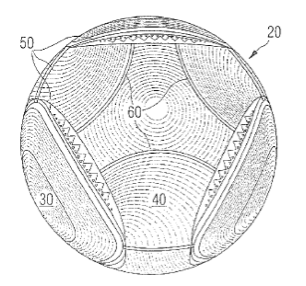
Cairos Technologies AG., received a patent no. 8,535,185 for a device for acquiring and providing information which can be associated with a football player, said device comprising: an acceleration sensor for detecting acceleration acting on the devices, a memory unit, and a radio unit. According to the patent, the device can detect when a ball comes from the front and when a ball does not come from the front.
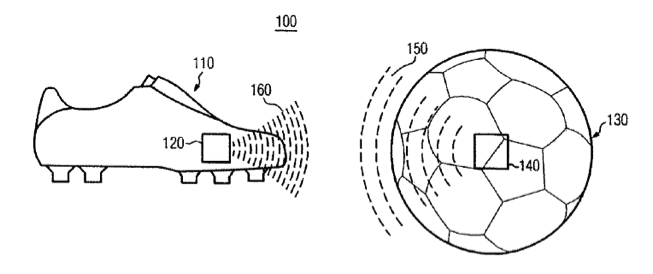
Nike, Inc., received a patent no. 8,579,743 for a sport ball which includes a casing that incorporates a plurality of joined panel elements, which include a first panel element with a first edge and a second panel element with a second edge. The sport ball may also include an intermediate layer and a bladder within the casing.
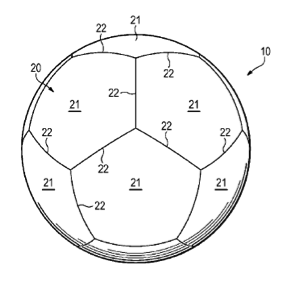
Nike, Inc., received a patent no. 8,360,905 for a sporting items such as soccer balls with superior visibility thus improving a participant’s ability to react to rapid accelerations and decelerations of the soccer ball.
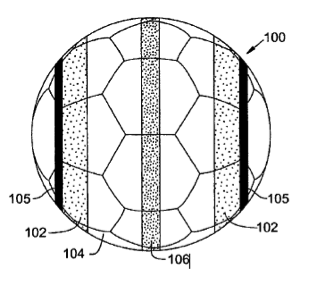
Soccer – Goalpost
Indian Industries, Inc., received a patent no. 8,460,128 for a ball sports practice device having a forward facing ball capture enclosure and a rear facing rebound structure. The angle between the ball capture enclosure and the rebound structure may be adjusted to support the device to a plurality of use positions on a support surface. According to the patent, the disclosed ball sports practice device functions as both a ball capture device and a rebounder.
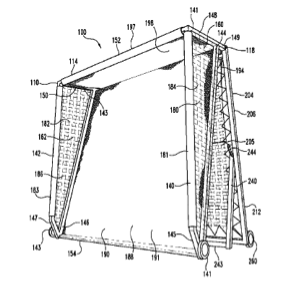
Goal Alert LLC., received a patent no. 8,534,219 for a goal to ground monitor or indicator device which indicates a ready and/or upset conditions of a ground supported goal such as a soccer goal that has at least one bar that lies in contact with the ground. According to the patent, the disclosed device is easily installed in the ground and provides ready visual indication of an upset condition/movement of the ground.
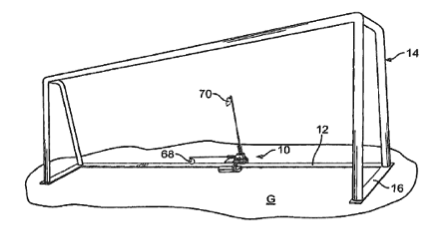
Fraunhofer-Gesellschaft zur Forderung der Angewandten Forschung E.V., received a patent no. 8,535,183 for a system which uses electric circuits to detect whether a movable object, such as a sports object has passed goal plane.
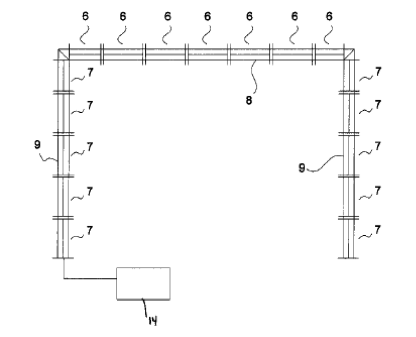
Goal Alert LLC., received a patent no. 8,5651,362 for a selectively releasable ground securing device that includes a ground member, a clamp body, and a lock assembly that selectively cooperates with the ground member to secure the clamp body relative thereto. According to the patent, the disclosed device allows for an object, such as a sporting goal, to be secured and locked to a surface. Furthermore, the patent claims that the device can be secured quickly and conveniently positioned and repositioned as needed.
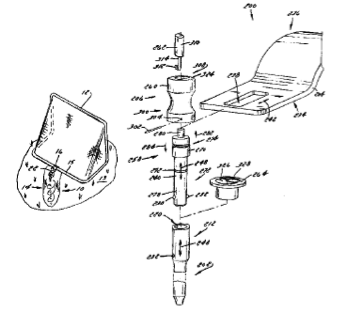
Quick Play Sports Limited received a patent no. 8,579,737 for a goal apparatus that is portable and not bulky.
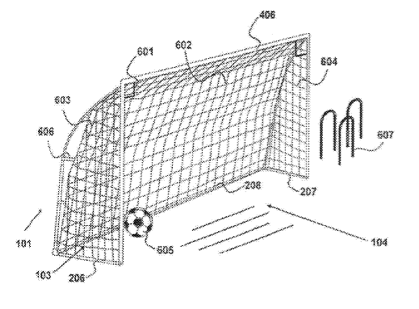
BLH Technologies, Inc., received a patent no. 8,439,776 for a hockey stick shaft that includes an elongate, rectangular tube, having a length and plurality of side walls. According to the patent, the disclosed hockey stick provides a handle that is more resistant to breakage while seeking to provide an optimal balance between flexibility and stiffness.
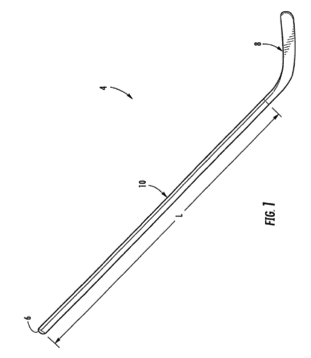
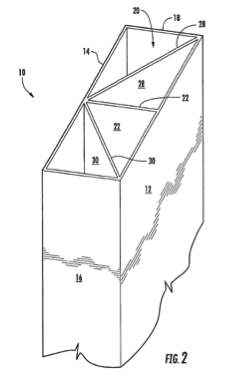
Hockey – Goalpost
Easton Sports, Inc., received a patent no. 8,517,868 for a hockey stick construction and hockey stick blade construct.
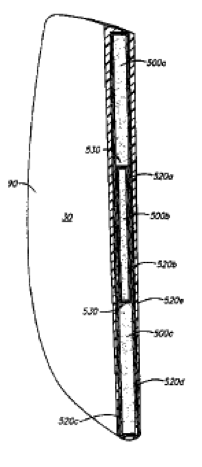
Diesel Management Inc., received a patent no. 8,506,428 for a hockey goal frame with two vertical goal posts supporting a crossbar defining a forward frame, a lower supporting member attached to a lower portion of each of the two vertical goal posts, and a plurality of hooks-and-loop fastener attachment wires on a rear facing portion of the forward frame to define an opening between the attachment wires and the forward frame.
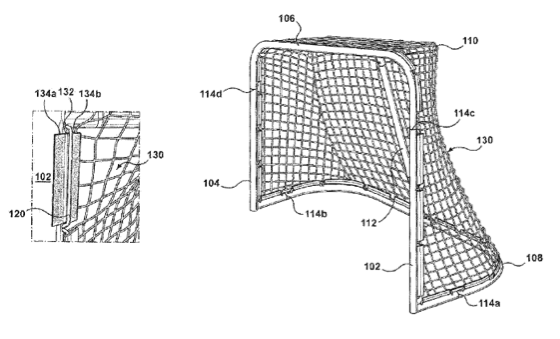
We give special thanks to Safet Metjahic and Sean Kim of McGuireWoods LLP for their contribution to this article.
Any views or opinions expressed in this article are solely those of the authors and are not necessarily those of the authors’ firm or the publisher. While the article provides a high-level survey of the patent landscape related to sports innovation, the authors have not performed any legal analysis of any of the patents discussed or identified in the article. The article is intended to be informational only and does not include or offer any legal advice. The accuracy of any legal information is not guaranteed and readers are encouraged to seek professional help if they are concerned about a specific legal issue.
 Safet Metjahic – Safet is a partner and the head of the patent prosecution group at McGuireWoods LLP. Safet is a registered patent attorney who is licensed to practice before the U.S. Patent and Trademark Office.
Safet Metjahic – Safet is a partner and the head of the patent prosecution group at McGuireWoods LLP. Safet is a registered patent attorney who is licensed to practice before the U.S. Patent and Trademark Office.
 Sean Kim – Sean is an associate in the IP Litigations/Patents group at McGuireWoods LLP and is licensed to practice before the U.S. Patent and Trademark Office.
Sean Kim – Sean is an associate in the IP Litigations/Patents group at McGuireWoods LLP and is licensed to practice before the U.S. Patent and Trademark Office.
References:
- In the United States, patents are granted by the United States Patent & Trademark Office (PTO). Once granted, the patent holder has an enforceable monopoly that is backed by the United States federal government and judicial system, giving the holder the exclusive right to make, use, sell, offer to sell, or import into the United States any process, machine, manufacture, or composition of matter covered by the patent. Patents can be a useful tool to gain insight into cutting edge technologies and methodologies, and to predict what technologies or methodologies are available, or could become available in the future. ↩
- This Class is defined as including any “[a]pparatus or means relating to the type of amusement, recreational, or play activities commonly known as games or sports (a) in which one or more players or participants use a ball, missile, stream of water, or any other such body which occupies physical space and can be touched and thereby felt by the one or more players or participants (i.e., a tangible body) such that, during play of a game or sport, the ball, missile, or other such tangible body is thrown, rolled, shoved, impelled, propelled, projected, or otherwise put into motion by a nonexplosive force so as to achieve an objective set forth by rules defined for the particular game or sport and (b) wherein the result of playing such a game or sport can be indicated according to rules defined for the particular game or sport.” ↩
- In plain language, this Class includes patents and published patent applications for innovations relating to billiards, bowling, golf, croquet, hopscotch, playing field games (think baseball, hockey, lacrosse, polo, water polo, soccer, rugby, football, etc.), and court games (think basketball, volleyball, water volleyball, table tennis, tennis, etc.). ↩
- As of the writing of this article, Class 473 had a total of 21,359 patents and 12,809 published patent applications. ↩
- This table has been created based on the data published on the PTO website. ↩
- We caution that the identified patents may not be the current state of R&D efforts by these entities, because of the significant delay between the filing for a patent and the grant of the patent, which can be on the order of years. ↩

